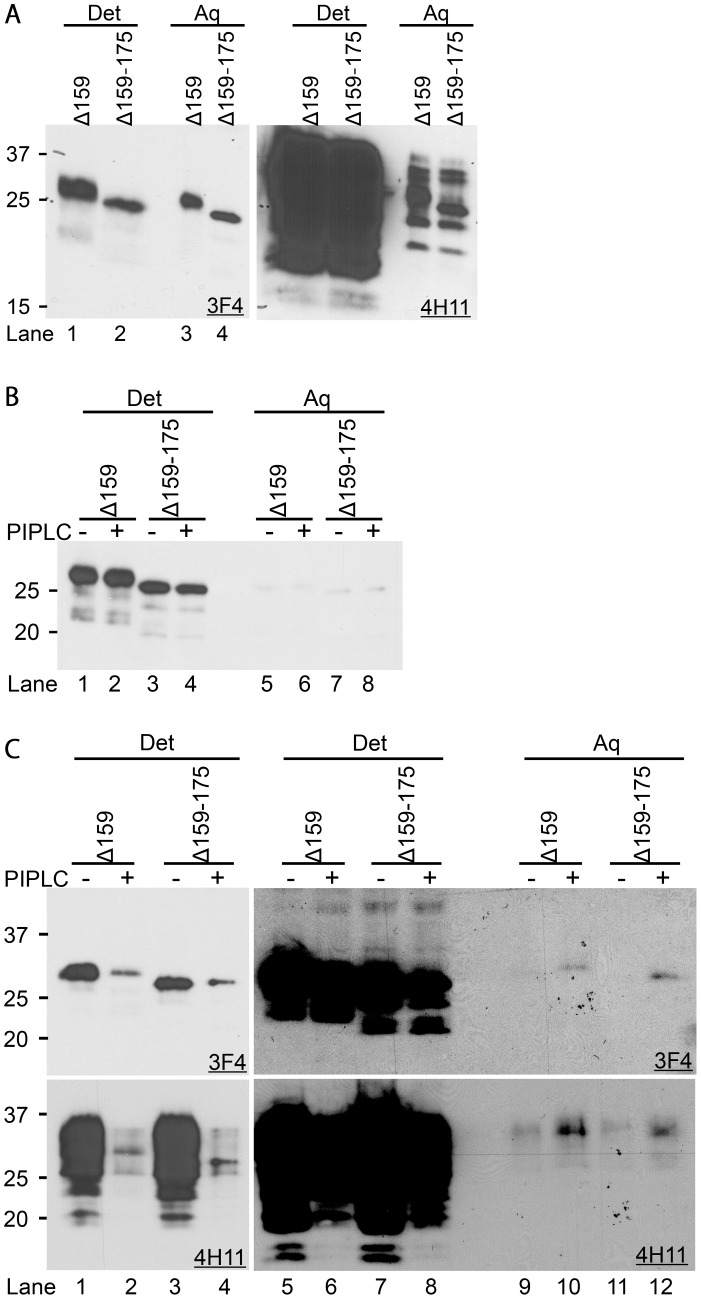Figure 4. ΔPrPs have a GPI-anchor attached.
A. ΔPrPs are substantially soluble in detergent without GdnHCl denaturation. Immunoblots probed with mAbs 3F4 (left) or 4H11 (right, membrane re-probed) showing ΔPrPs and endogenous PrP in detergent and aqueous phases of TX114 lysates prepared from N2a cells transfected with Δ159 or Δ159–175. Det denotes detergent phase, Aq aqueous phase. B. ΔPrPs are highly hydrophobic after denaturation with GdnHCl. Representative immunoblot of TX114-treated lysates after denaturation with 3 M GdnHCl and developed with mAb 3F4 showing Δ159 and Δ159–175 almost exclusively in detergent phase (lanes 1–4). PIPLC treatment (+, even lanes) was done after denaturation with GdnHCl or not (−, uneven lanes). PIPLC treatment did not significantly influence ΔPrP partitioning under these conditions. C. Hydrophobicity of ΔPrPs combined with sensitivity to PIPLC digestion. After further diluting out GdnHCl by phase-separation and removal of the aqueous phase containing GdnHCl, PIPLC was able to digest ΔPrPs. Left two panels (upper mAb 3F4, lower 4H11) are shorter expositions, right panels longer expositions to show also difference in PrP levels in the detergent phase. Under these conditions a substantial reduction of ΔPrPs in the detergent phase was achieved by PIPLC digestion (e.g. upper-left panel, lanes 1, 3 vs. 2, 4). Migration of ΔPrPs in the aqueous phase of PIPLC-digested samples was slightly slower than that of PIPLC-undigested samples (−) (upper-right panel, lane 9 vs. 10).

